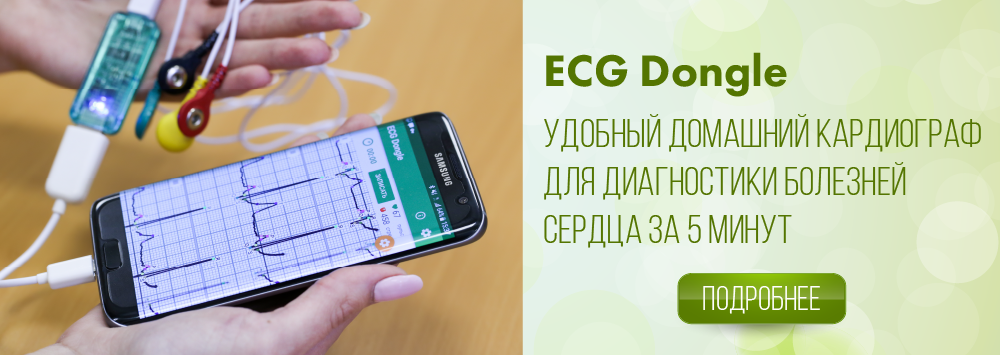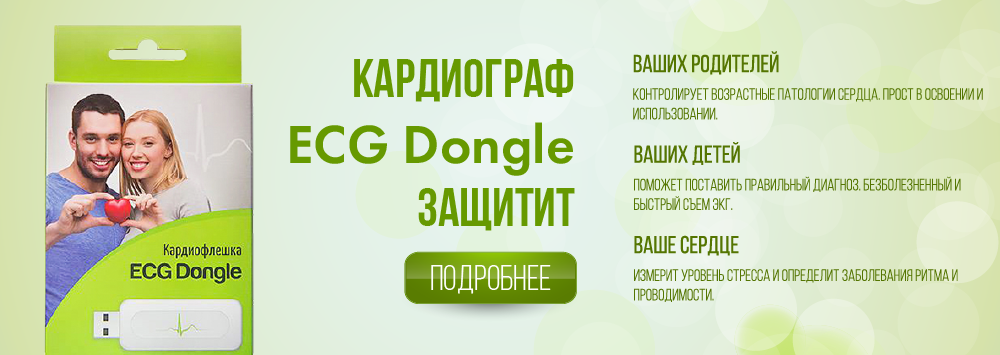Ventricular asystole
Ventricular asystole (cardiac arrest) is a termination of excitation of the heart, leading to cardiac arrest and clinical death
The cause:
Severe heart failure, acute (myocardial infarction, pulmonary embolism) or chronic (coronary heart disease, hypertension, valvular heart disease, myocarditis, myocardial dystrophy, cardiomyopathy, heart surgery), the effect of antiarrhythmics, depressing the myocardium, excessive vagotonia, reflex effects, electric shock, еlectropulse treatment.
Risk factors
There are a number of risk factors that may contribute to asystole under the circumstances listed above:
- diabetes;
- hypertension;
- alcohol abuse, smoking, accompanying ischaemic heart disease of any severity;
- elderly age;
- atherosclerosis;
- left ventricular hypertrophy.
Children may have asystole appear on the background of the shock of any nature, as well as a result of respiratory failure, poisoning or injury that is the most frequent causes of disease in childhood.
Symptoms
Signs of pathology are the same at any age. The only difference is that in childhood cardiac arrest is often preceded by an attack of bradycardia (slowing of heart beat), or developing for a few days bradycardia. 15-20% of cases of asystole in childhood are ahead by ventricular fibrillation. In the presence of heart diseases and their complications the child has dyspnea, rapid shallow breathing, hypotension, or a short-term collapse with convulsions before asystole.
In general, the clinical picture of asystole includes such features:
- The abrupt disappearance of the pulse in large arteries. It is easy to determine this symptom using an index finger applied to the carotid artery.
- The absence of heart sounds. It noted while listening to the heart, including by applying an ear to a chest.
- The drop of blood pressure. It is detected by measuring the pressure with the help of the usual tonometer.
- Dilating pupils which fail to react to light. This feature begins to be noticeable after 45 seconds after the cessation of blood supply to the brain. Pupils dilate the most severely after 1 minute and 45 seconds.
- The absence of breathing. It can be accurately determined, if the patient is breathing or not, by presentation a mirror to his/her nose (traces of fogging appear on a mirror if there is breathing).
- Paleness, grayness of face. This symptom is associated with the termination of blood circulation.
- Loss of consciousness. When it is not possible to bring a person to life within 25 seconds, it may indicate cardiac arrest.

